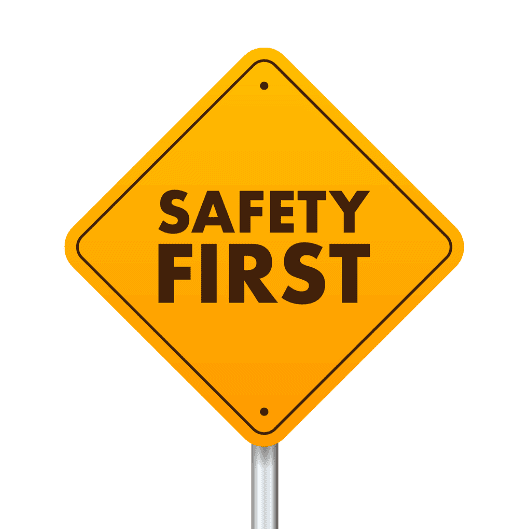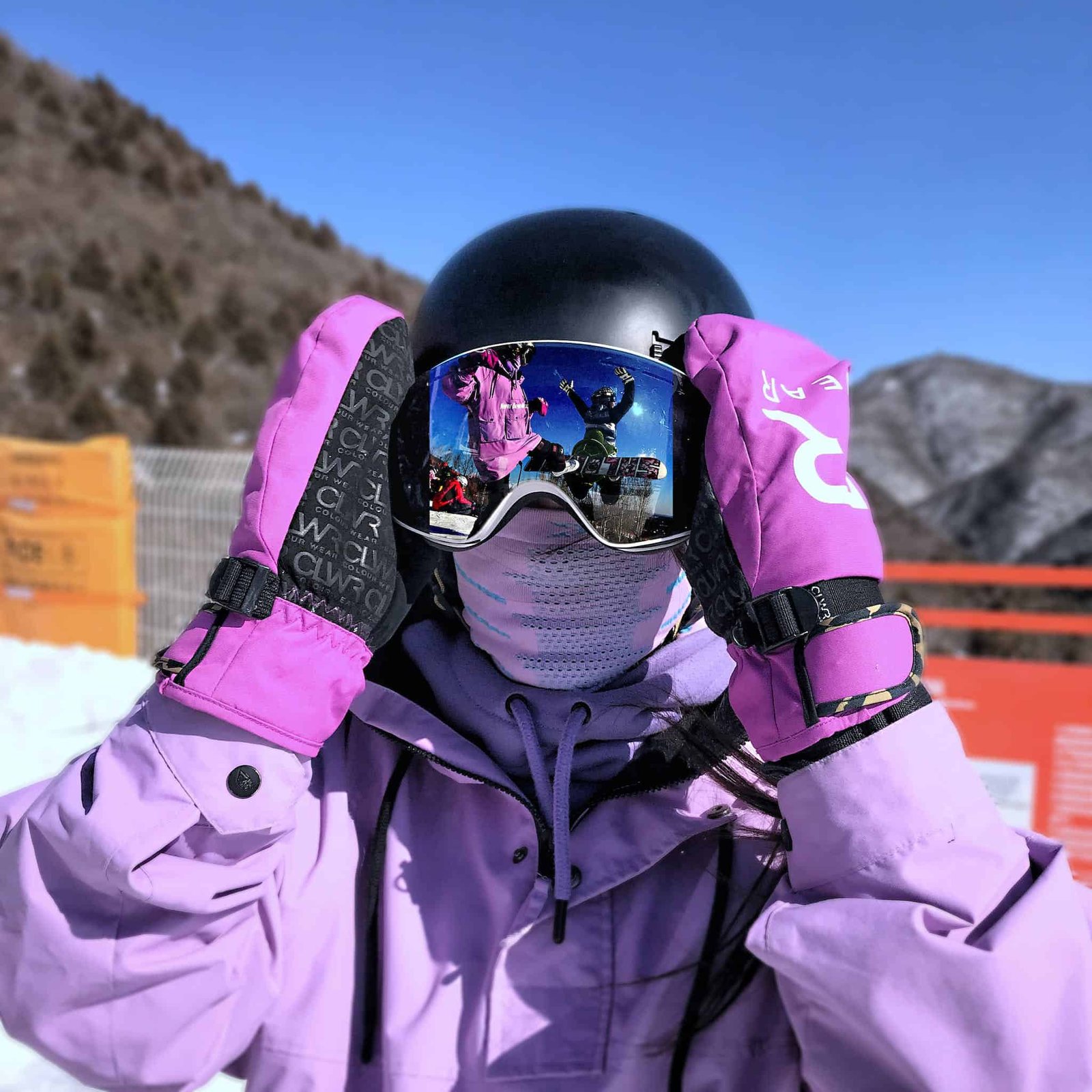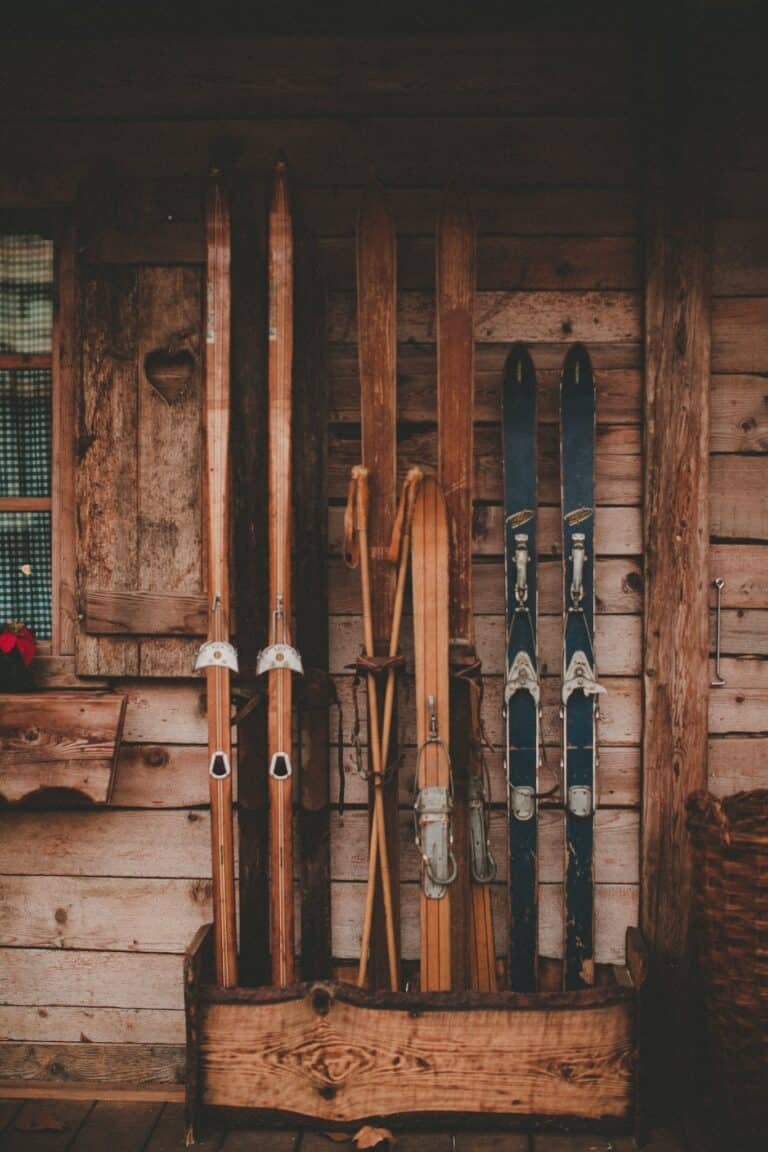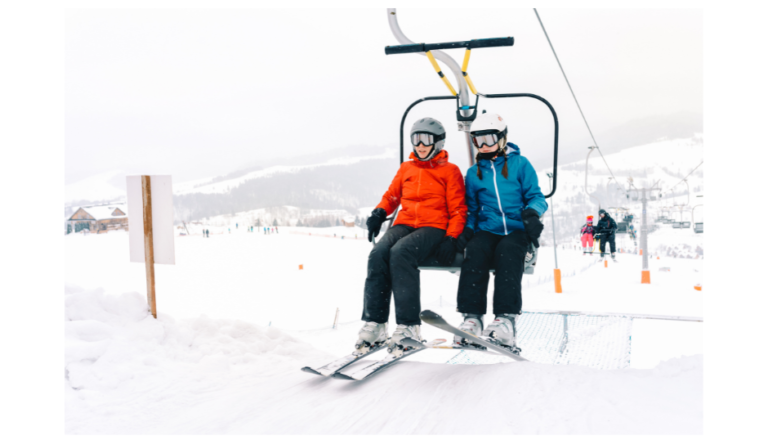Skiing in Poor Visibility: 6 Tips To Battle A Whiteout

Hey there, fellow ski enthusiasts! Ever found yourself atop a mountain, ready to conquer the slopes, only to be greeted by a curtain of snow or fog? Poor visibility can indeed be a skier’s worst nightmare, transforming an exhilarating outdoor adventure into a challenging, sometimes even dangerous, endeavor.
But, fear not! With a pinch of preparation and a dose of caution, you can certainly master the art of skiing in poor visibility. Ready to discover how? Let’s dive in!
Short Summary
- Slow Down: Reduce your speed to maintain control and react to obstacles or changes in terrain.
- Use the Right Gear: Wear goggles with lenses suitable for low light conditions to enhance contrast and visibility.
- Stay on Familiar Trails: Avoid unfamiliar slopes where you may encounter unexpected hazards.
- Follow the Ski Markers: Use ski markers and trail signs to guide your path.
- Ski with a Buddy: It’s safer and more reassuring to ski with someone in poor visibility conditions.
- Stay Alert: Pay extra attention to your surroundings and listen for other skiers or potential hazards.
- Take Breaks: Poor visibility can be mentally taxing, so take breaks as needed to stay sharp.
- Be Prepared to Stop: Always be ready to stop or change direction if visibility worsens or obstacles appear.
1. Prioritizing Safety: The Golden Rule

No matter how seasoned or confident a skier you are, safety must always come first, especially in poor visibility conditions. When the weather turns and visibility drops, the mountain terrain can become unpredictable and potentially hazardous.
This is why it’s crucial to adhere to safety guidelines. Remember, these rules are not meant to constrain your skiing experience; instead, they are there to ensure that you can enjoy the slopes while minimizing risks.
Wearing appropriate gear, choosing suitable ski trails, keeping a safe distance from others, and recognizing when it’s time to call it a day are all part of responsible skiing. It’s not just about your safety, but the safety of everyone on the mountain. So remember, when visibility is low, slow down, stay alert, and ski smart!
2. The Importance of Proper Equipment

Goggles
When it comes to skiing in poor visibility, your choice of goggles is akin to a knight choosing their armor. Equipped goggles with lenses specifically designed for low light conditions can significantly enhance your visibility and make the difference between a challenging ride and a dangerous fall.
Lenses with a yellow, gold, or amber tint are typically best for foggy and snowy conditions as they increase contrast, enabling you to distinguish the terrain better. Photochromic lenses that automatically adjust to light conditions can also be a smart investment.
Remember, in poor visibility, your equipped goggles are more than just a piece of gear; they are your key to safely navigating through the fog and snow. So, don’t hit the slopes without a suitable pair!
Brightly Colored Clothing
Brightly colored clothing is not just a fun fashion statement in the skiing world; it serves a vital purpose when visibility is poor. Similar to how ships use fog lights to be seen in inclement weather, skiers should wear bright, noticeable colors to stand out against the white, snowy background.
This visibility aids other skiers on the mountain to spot you easily, preventing potential crashes or collisions. Furthermore, in the unfortunate event of an accident, brightly colored clothing can expedite rescue operations, making it easier to locate in the snow.
So, when you’re packing for your ski trip, remember, that your neon jacket or bold, colorful ski pants could be more than just stylish attire – they could be lifesavers on the mountain!
3. Understanding the Weather and Snow Conditions

Keeping an eye on weather and snow reports is pivotal before hitting the slopes, especially in poor visibility conditions. Weather forecasts can give you a heads-up on what to expect and enable you to plan your skiing day accordingly.
Additionally, snow reports provide crucial insight into the snow’s condition, indicating whether it’s icy, powdery, or slushy. For instance, fresh snowfall might be great for skiing, but continuous heavy snowfall could significantly reduce visibility and increase the risk of avalanches.
In contrast, icy conditions, while offering better visibility, may lead to harder falls. Monitoring these reports helps you gear up appropriately, assess the potential risks, and decide whether it’s safe to ski or better to wait for clearer conditions.
Thus, staying informed about the weather and snow conditions is not just about comfort, but also about safety and enjoying the best skiing experience possible. Check out the snow conditions before heading out.
Impact of Weather Conditions on Visibility
Weather conditions can have a significant impact on visibility while skiing. Fog and heavy snowfall are the primary culprits of reduced visibility on the slopes. Fog can create a ‘whiteout’ situation where the skier can no longer differentiate between the sky and the snow, making it treacherous to navigate the terrain.
Heavy snowfall, on the other hand, can create a curtain-like effect, making it difficult to see obstacles or other skiers. On days with bright sunshine, the glare off the snow can also impair visibility and can be just as dangerous as a whiteout.
Wind can blow snow around, obscuring vision and making it challenging to see the path ahead clearly. It’s essential to understand these weather impacts to make the right decisions about when to ski, the kind of gear you need, and how to manage your speed and trajectory on the slopes to ensure a safe and enjoyable skiing experience.
4. Remaining Alert and Aware
Skiing in poor visibility conditions demands a more cautious approach. Skiing slower and making wider turns are two essential tactics that can significantly enhance your safety.
When visibility is limited, your response time to unexpected obstacles or sudden changes in the terrain is drastically reduced. By reducing your speed, you provide yourself with more time to react, thus minimizing the risk of collisions or falls.
Wide turns, on the other hand, allow for better control over your trajectory, especially in foggy conditions or whiteouts where the path ahead may be uncertain. Slower speeds and wider turns can also reduce the intensity of any potential crash, further mitigating injury risks.
It’s not a time for demonstrating your prowess or speed but a moment to prioritize safety and control over thrill and pace.
Sticking to Familiar Paths
Knowing the terrain well can be a significant advantage as it offers a mental map of the area, including any potential hazards like rocks, trees, or sudden slope changes. In situations where visibility is compromised, this knowledge becomes even more critical; it allows you to anticipate and navigate through difficulties that you might not be able to see.
Venturing into unknown areas during such conditions heightens the risk of encountering unexpected obstacles, getting disoriented, or even getting lost.
Remember, the goal in poor visibility is not exploration, but safe navigation. Stick to what you know, and don’t venture off into unfamiliar territory until visibility improves.
5. Using Your Other Senses
In conditions of poor visibility, the use of senses other than sight becomes pivotal. Your sense of touch, in particular, can provide valuable information about the terrain beneath your skis. Feel the snow under your feet, keenly observing changes in texture and firmness.
These tactile cues can offer insights into potential shifts in the slope and help you navigate safely. Similarly, give your hearing the attention it deserves. The sound of your skis on the snow can tell you a lot about what’s beneath them, while the noises around you can give clues about your surroundings.
Listen for the sounds of other skiers, lifts, or even wildlife. These auditory cues serve as an early warning system, helping you avoid unforeseen obstacles and maintain a safe distance from other objects or skiers. Hence, maximizing your senses of touch and hearing can significantly enhance safety and control while skiing in poor visibility.
Utilizing Wind and Snow Feel
In low visibility, the feel of the wind against your face and body can serve as a helpful guide. By paying attention to shifts in the wind’s direction and intensity, you can gauge changes in terrain and altitude.
For instance, if the wind suddenly becomes stronger or changes direction, this might signal that you are nearing the edge of a slope or a drop-off. Likewise, the feel of the snow under your skis can offer clues about the terrain. Hard, icy patches may indicate a well-traveled path, whereas softer, powdery snow might suggest untouched or off-piste areas.
Listening to Nearby Skiers
The sounds of nearby skiers can be a valuable source of information too. The rhythm of their skis against the snow and their vocal cues can help you determine their position, speed, and direction – even if you can’t see them clearly. Be particularly attentive to shouts or sudden noises, as these could suggest a fall or sudden obstacle. Using these auditory cues, along with the tactile feedback from the wind and snow, can help you ski safely and confidently, even in challenging visibility conditions.
6. Safety Measures

Skiing with a Buddy
Skiing with a friend or group is particularly important in poor visibility. Not only does it provide a safety net if something goes wrong, but it also gives you additional data points to assess your surroundings.
When skiing in a group, you can maintain visual or auditory contact with each other, providing a frame of reference in the otherwise obscured environment. Additionally, your buddy can alert you to changes in terrain or unseen obstacles that they encounter first.
In case of an accident or injury, having someone nearby can expedite the response time for help. Therefore, skiing with a buddy isn’t just more fun, it’s a crucial safety measure when the weather conditions are challenging.
Staying Within Resort Boundaries
Sticking to the designated skiing area within a resort’s boundaries is essential, especially in poor visibility conditions. These zones are meticulously maintained and patrolled by resort staff for your safety. Going off-piste or venturing into unpatrolled areas can lead you into unfamiliar, potentially hazardous terrain, where obstacles like rocks, trees, or sudden drops may be obscured by poor visibility.
Venturing out of bounds can put you out of reach of the ski patrol in case of an accident or emergency. Thus, staying within resort boundaries not only ensures you’re skiing on safer, maintained terrain but also guarantees you’re within the area monitored by professionals equipped to assist if needed.
Conclusion
Skiing in poor visibility can be challenging, but it doesn’t have to be unsafe. Remember to always ski with a buddy to have someone who can provide extra reference points and assist in case of emergencies. Stay within the resort boundaries where the terrain is maintained and patrolled by professionals, adding an extra layer of safety. Respecting the mountain and prioritizing safety is essential for a fun, thrilling, yet safe skiing experience.
No matter how much you’re eager to hit the slopes, always remember that your safety and that of others is paramount. Don’t let poor visibility hinder your experience, instead, use it as an opportunity to enhance your skills and intuition. Be smart, be safe, and most importantly, enjoy the ride!
FAQs
How can I be visible while skiing?
To increase your visibility while skiing, wear brightly colored or high-visibility clothing. This is especially important in low-light conditions or when skiing in areas with heavy traffic. You can also use reflective accessories or wear a brightly colored helmet. Additionally, using clear and visible hand signals can help communicate your intentions to other skiers.
How do you ski in whiteout conditions?
Skiing in whiteout conditions requires extra caution. Reduce your speed and stick to familiar, well-marked runs. Keep your eyes on the piste markers and stay on groomed trails. Ski in a low stance to maintain balance and be ready for unexpected terrain changes. If visibility is too poor, it’s safest to stop skiing and seek shelter or wait for the conditions to improve.
How do you ski in flat light?
In flat light, where terrain definition is poor, use goggles with lenses that enhance contrast, like those with a yellow, amber, or rose tint. Focus on maintaining a balanced, stable stance and rely more on your sense of feel to navigate changes in the terrain. It’s also helpful to ski in areas with trees or markers as they provide better depth perception in such conditions.
How can I see better when skiing?
To see better while skiing, wear appropriate goggles for the lighting conditions. On sunny days, use darker lenses to reduce glare, and in low light or overcast conditions, use lighter, color-enhancing lenses. Keep your goggles clean and free of snow and fog. Also, regularly check and adjust your helmet and goggles to ensure they fit well and don’t obstruct your vision.






